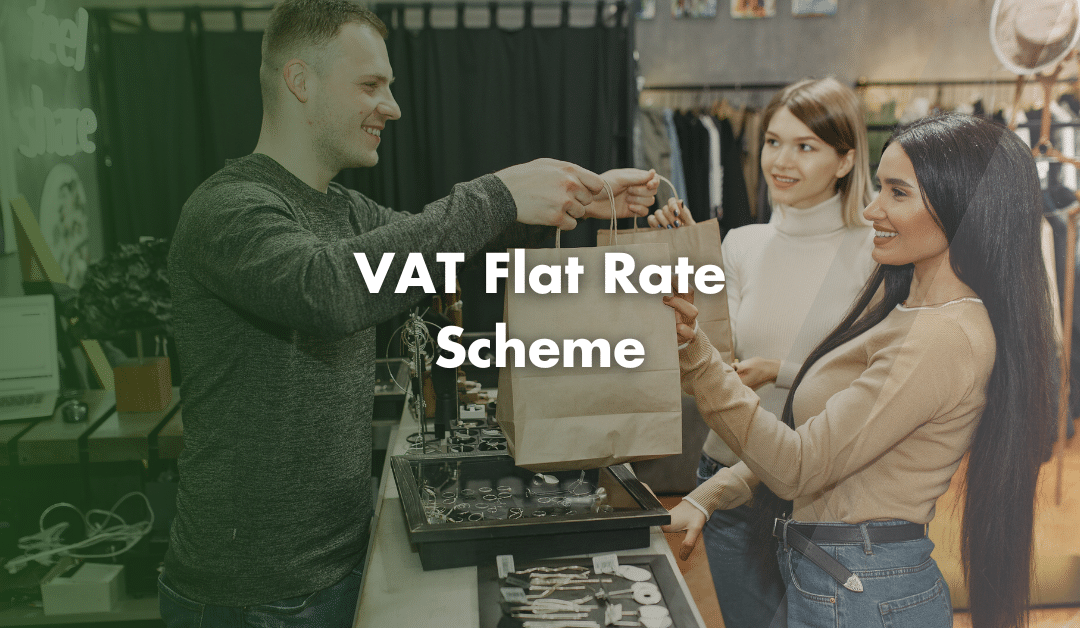What is the VAT Flat Rate Scheme?
The VAT Flat Rate Scheme (FRS) simplifies the way small businesses manage their VAT payments. Instead of calculating the VAT on every transaction, businesses pay a fixed rate of VAT to HMRC – depending on the industry. Key features of the FRS include:
- Fixed VAT Rate: Businesses pay a set rate of VAT to HMRC.
- Reduced Paperwork: Less detailed record-keeping is required.
- Simplified Calculations: You keep the difference between the VAT collected from customers and the amount is paid to HMRC.
- 1% First-Year Discount: New VAT-registered businesses enjoy a 1% reduction in their Flat Rate during their first year.
- No VAT Reclaim: Generally, you cannot reclaim VAT on purchases, with the exception of certain capital assets over £2,000.
Difference Between Standard VAT and the FRS
Standard VAT: Businesses must account for the VAT on every transaction. They pay HMRC the difference between the VAT charged on sales and the VAT paid on purchases.
Flat Rate VAT: Businesses pay a fixed rate of VAT on their total turnover. The calculation does not require detailed transaction tracking, which can greatly reduce administrative work.
Eligibility Criteria
To qualify for the FRS, your business must be VAT-registered and have a VAT taxable turnover of £150,000 or less (excluding VAT, capital asset sales, and VAT-exempt sales) in the next 12 months. Business cannot use the FRS if they:
- Have committed a VAT offence in the last 12 months.
- Have left the scheme in the last 12 months.
- Are part of a VAT group or have registered for VAT as a division in the last 24 months.
- Are closely associated with another business.
You can remain in the scheme until your turnover reaches £230,000.
How to Join or Leave the FRS
Joining: You can join the FRS online when you register for VAT or by filling in form VAT600FRS if already registered. It’s also possible to join the Annual Accounting Scheme simultaneously.
Exiting: You can leave the scheme anytime but must exit if you exceed the turnover threshold of £230,000 (including VAT) in a 12-month period or anticipate exceeding it in the next 30 days.
Calculating Your VAT Payment
To determine how much VAT to pay, you’ll multiply your VAT inclusive turnover by your specific flat rate percentage. Businesses are classified as a ‘limited cost business’ and subjected to a higher rate of 16.5% if their cost on goods is less than 2% of their turnover or £1,000 a year (whichever is greater).
For example: If you’re a photographer with a VAT inclusive turnover of £1,200, and your flat rate is 11%, your VAT payment would be £132.
Contact Us
We are not just accountants; we are Chartered Accountants with one of the most reputable and premium accounting bodies. We are registered and regulated by ACCA; so you can rest assured that you are in good hands. Knowing this, don’t hesitate to get in touch with us if you require assistance: Pi Accountancy | Contact Us

